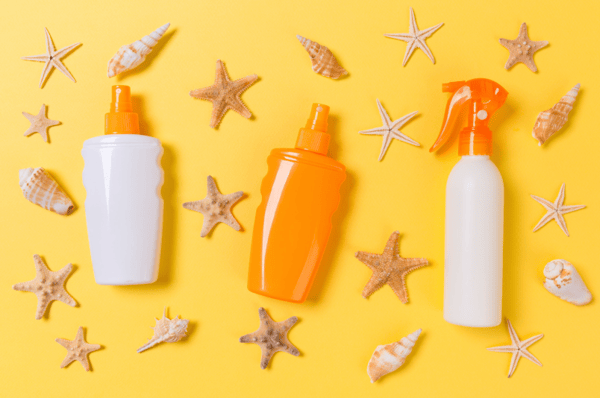How to understand sunscreen labels
Do you know what terms like “broad-spectrum” and “SPF” mean on sunscreen labels?
A recent study of nearly 500 people in the US found that many people don’t understand several key terms on sunscreen products.
Twelve per cent of people surveyed knew that the SPF value specifies protection from ultraviolet (UV) B rays.
SPF (which stands for Sun Protection Factor) indicates how long UVB rays would take to redden your skin when using the product exactly as directed versus the amount of time without any sunscreen. For example, with SPF 30 it would take 30 times longer for your skin to burn than if you weren’t wearing sunscreen. SPF 30 sunscreen blocks 97 per cent of UVB rays.

Less than a third of respondents in the study understood that “broad-spectrum” products protect against both UVA and UVB rays.
While both forms of radiation damage your skin cells, UVA rays are associated with skin ageing (such as wrinkles) while UVB rays burn the skin, which causes sunburn and skin cancer.
Sunscreens that are marketed as “water resistant” can provide protection for wet or sweaty skin for up to 80 minutes. No product is completely waterproof though, and all sunscreens need to be re-applied every two hours, especially after swimming, sweating, or rubbing skin with a towel.
The study also found that people who had visited a doctor about their skin health were more likely to correctly understand sunscreen terminology.
- Tags:
- sunscreen
